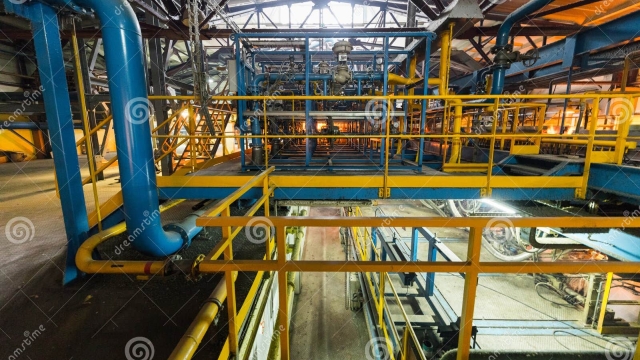
As we venture into the realm of heavy vehicle manufacturing and supply, we are met with a landscape that is rich in innovation and challenges alike. The industry plays a pivotal role in powering economies, facilitating trade, and enhancing infrastructure worldwide. Whether it’s the production of commercial trucks, buses, or specialized heavy machinery, the intricacies of manufacturing and ensuring a seamless supply chain are vital in meeting the demand for these indispensable vehicles. This dynamic sector is a fusion of cutting-edge technology, strategic logistics, and a commitment to excellence. Let’s dive deeper into the world of heavy vehicle manufacturing and supply to uncover the insights shaping its future.
Challenges in the Industry
In the heavy vehicle manufacturing and supply sector, one of the primary challenges faced by companies is the constantly evolving regulatory landscape. Regulations regarding emissions standards, safety requirements, and sustainability targets are continually changing, requiring manufacturers to adapt quickly to stay compliant and competitive.
Another significant challenge in the industry is the fluctuating costs of raw materials and components. The prices of steel, aluminum, and other essential materials can vary significantly due to market conditions, geopolitical factors, and supply chain disruptions. Manufacturers must carefully manage these cost fluctuations to maintain profitability and product quality.
Explore leading semi trailer options
Furthermore, the industry is experiencing a shortage of skilled labor. As technology advances and vehicles become more complex, the demand for workers with specialized skills in engineering, design, and manufacturing processes is increasing. Companies must invest in training programs and talent development to ensure they have a skilled workforce to meet the demands of the industry.
Technological Innovations
Advancements in automation have revolutionized heavy vehicle manufacturing, streamlining production processes and enhancing efficiency. Robotics and AI-powered systems are now integrated into assembly lines, enabling precise and swift operations. These innovations have not only accelerated the manufacturing pace but also improved product quality and consistency.
The implementation of telematics technology in heavy vehicles has significantly transformed the supply chain landscape. By leveraging real-time data and analytics, fleet managers can optimize routes, monitor vehicle performance, and enhance fuel efficiency. This interconnected ecosystem allows for proactive maintenance, reducing downtime and enhancing overall operational productivity.
Another notable innovation in heavy vehicle manufacturing is the development of electric propulsion systems. With a growing focus on sustainability and environmental impact, electric vehicles are becoming increasingly prevalent in the industry. These vehicles offer reduced emissions, lower operational costs over time, and contribute towards a greener future for heavy transportation.
Future Prospects
Looking ahead, the heavy vehicle manufacturing and supply industry is poised for significant advancements driven by technological innovations. With the rise of electric vehicles and autonomous driving capabilities, there is a shift towards more sustainable and efficient operations. This evolution not only addresses environmental concerns but also enhances productivity and safety standards within the sector.
Moreover, the integration of big data analytics and artificial intelligence is revolutionizing how heavy vehicles are designed, produced, and maintained. This data-driven approach enables manufacturers to optimize processes, predict maintenance needs, and improve overall performance. By harnessing these technologies, the industry is paving the way for increased customization, reduced downtime, and enhanced customer satisfaction.
In addition, the global demand for heavy vehicles continues to grow, creating new opportunities for manufacturers to expand their operations and reach new markets. As emerging economies strengthen their infrastructure and transportation networks, the need for reliable and advanced heavy vehicles rises. This trend indicates a promising future for the industry, with potential for further innovation and collaboration to meet evolving market demands.
